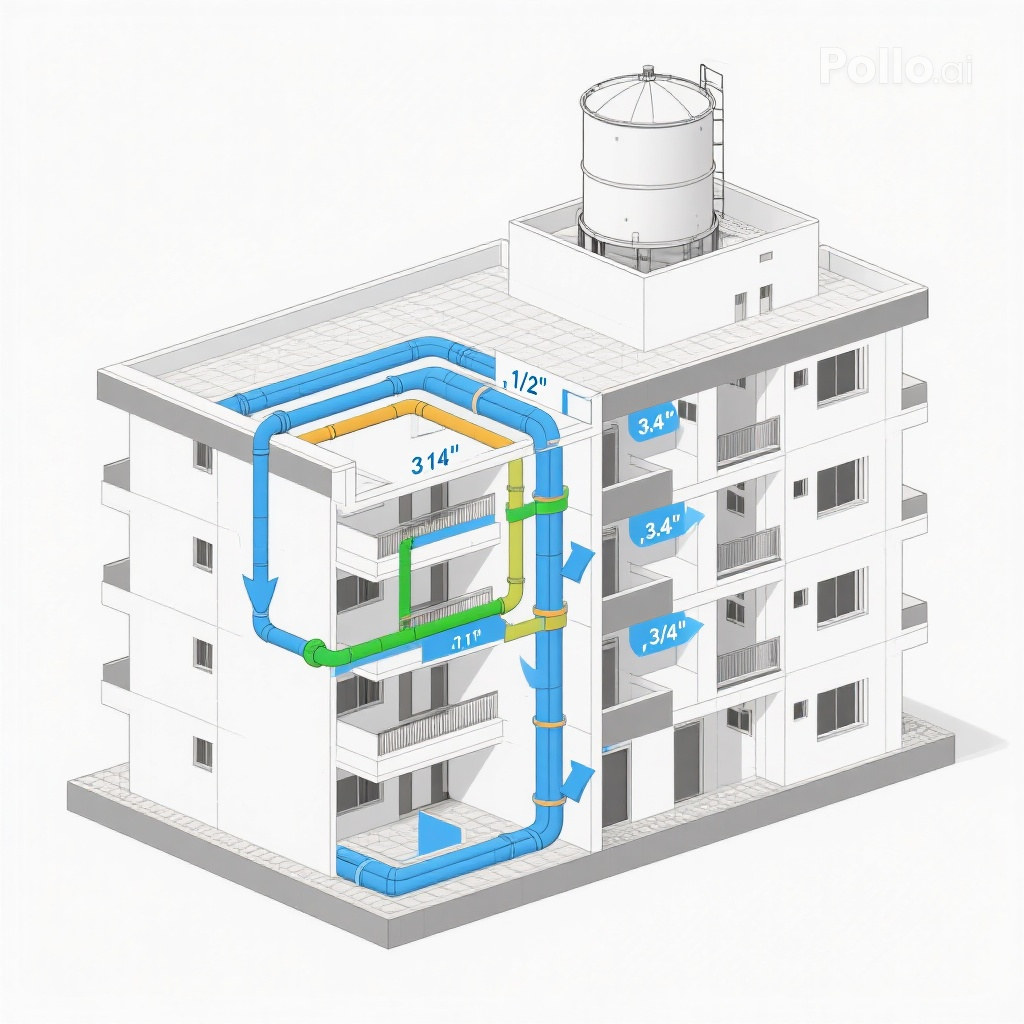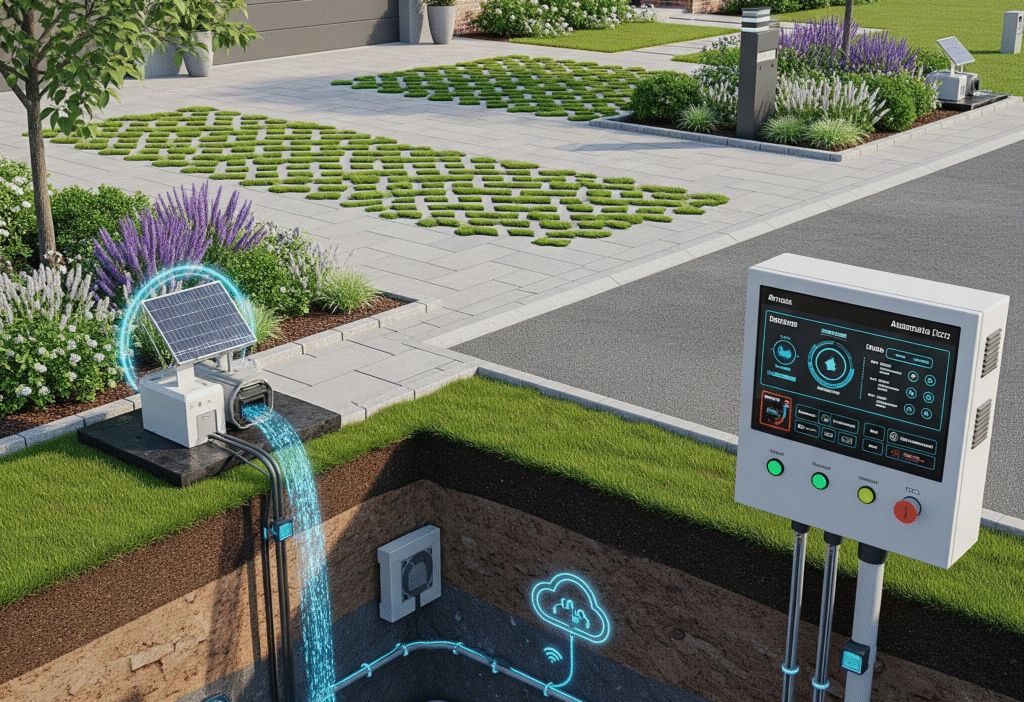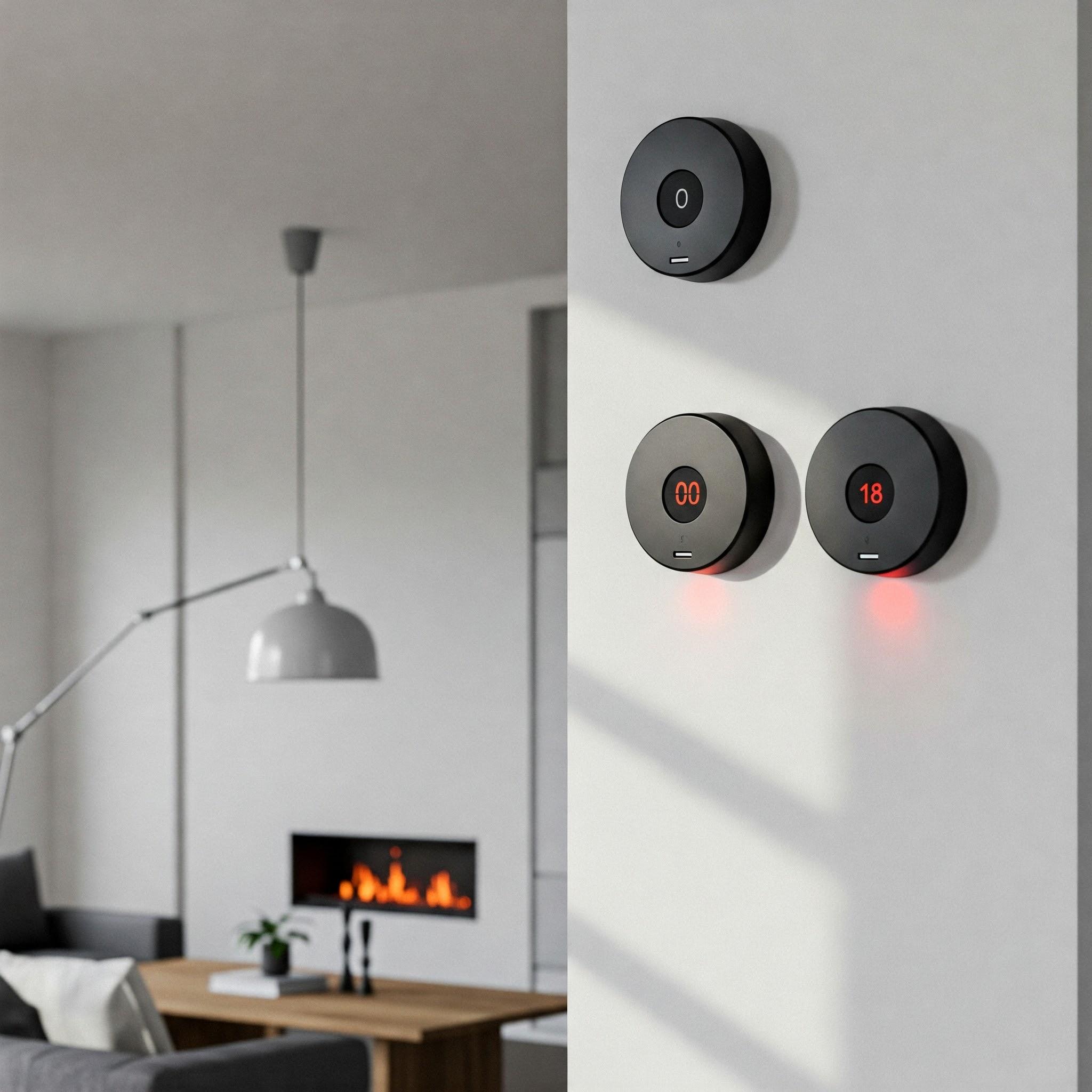A lightning arrester is a device that safely diverts high-voltage surges—like lightning strikes—to the ground, protecting electrical equipment and systems from damage.
Modern lightning arresters are typically made from Zinc Oxide (ZnO) varistors and operate faster, more reliably, and maintenance-free compared to old spark-gap types.






